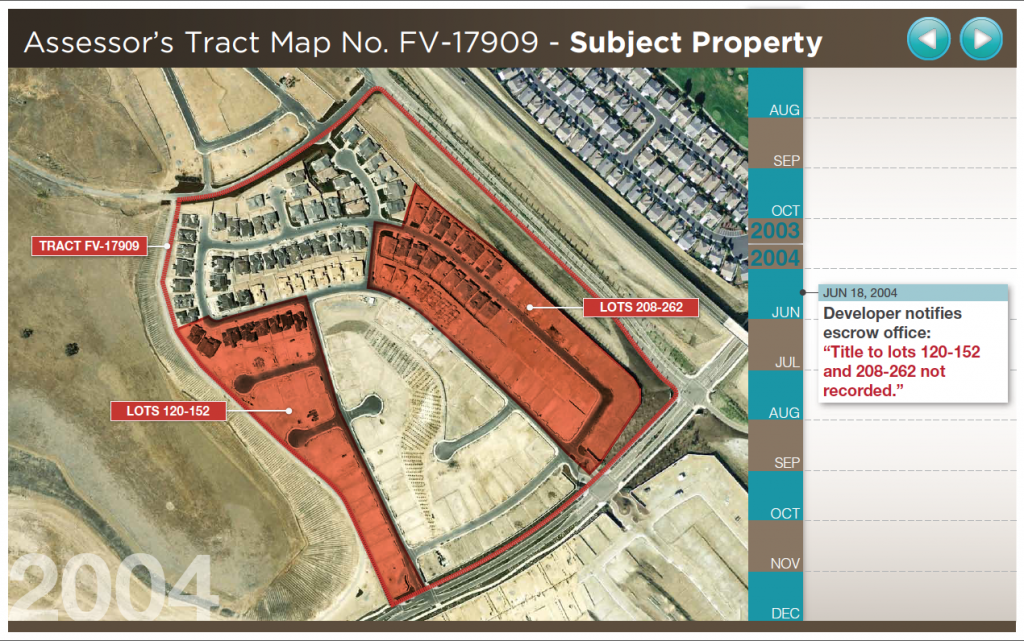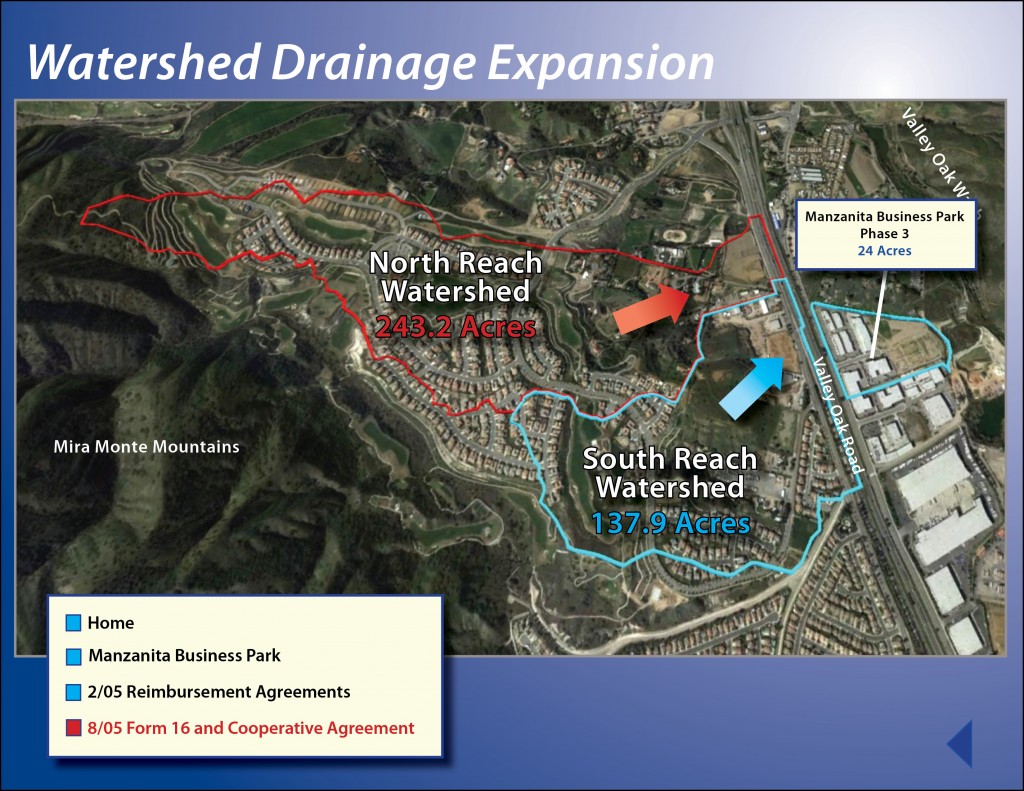The following post is by Dave Nugent, Cogent Legal’s Senior Producer
 At Cogent Legal, real estate and land use cases are among our favorite to support. They can offer up rich and tangible imagery to shape for jury scrutiny. We humans seem to be drawn to all things about “land.” Yet most real estate cases are really about contracts, escrows allegedly mishandled, government initiatives impacting developers, insurance coverage, or claims of fraud and breach of fiduciary duty.
At Cogent Legal, real estate and land use cases are among our favorite to support. They can offer up rich and tangible imagery to shape for jury scrutiny. We humans seem to be drawn to all things about “land.” Yet most real estate cases are really about contracts, escrows allegedly mishandled, government initiatives impacting developers, insurance coverage, or claims of fraud and breach of fiduciary duty.
Not surprisingly, trial teams for such cases, on occasion, come to us focused on a document-centric visual presentation—that is, focused on contracts and emails. In these instances we try to remind them of the following two tips to help win the attention and “discerning bias” of the jury:
1. Tie the presentation to the property:
There will be some jurors who can follow faithfully and make sense of a document-based argument. But many will need association of those legal points to “real world” things of which they are familiar and can relate to: Property. What is at stake? What is physically behind the story played out through the parties’ negotiations, agreements, drawing of contracts, etc.? Jurors are more comfortable associating the legal argument to familiar context, so give this comfort to them.
2. Show the tangible consequences of the case:
Can the fine points of contracts, endorsements-not-made or threat of mechanics liens translate to a physical outcome that the juror can witness materially? Play this out visually. Show them the real-world consequence of contractual or legal actions (or inactions). Consider the document the “cause” and the property the “effect.” Or vice-versa.
In one recent case, Cogent Legal assisted an attorney in a real estate case that involved a failure to properly record a loan and failure to obtain the required insurance, resulting in the loss of money to the attorney’s client. To drive home the point of what this fiduciary failure meant, Cogent Legal developed an interactive presentation using Google Earth and Adobe Flash. As the three samples below show, layers of images of the subject property build over time and events to illustrate how large portions of the tract were “cut out” of the client’s investment. Additionally, a timeline on the righthand side visually associates the events with the consequences to the property and loan. (To see additional slides, click here to download a PDF of the presentation. These slides are fictional examples based on the real ones used in the case.)
Another real estate case pitted local government against the developers of a small industrial park. The developers were required to build a drainage system to accommodate 24 acres of on-site drainage. Once construction commenced, another 138 acres of mountain watershed were added to the drainage system requirement, and then another 243 acres. The cost of the drainage system soared.
Many of us cannot visualize what these argued numbers mean, both in terms of the total expanse of land and the potential volume of rainwater to harness and control. Cogent Legal therefore created an interactive 3D presentation to give a visual overview of the developers’ dilemma, driving home the sheer volume of land and runoff the drainage system needed to accommodate. The following graphic is a still frame from that presentation:
By using a 3D model of the geography, various perspectives of the subject region could be seen, and the impact of mountainous slopes cascading water down towards the drainage system could well be imagined.
Seeing “the big picture” is what jurors are after, to which they can orient the learned details of the case. Ralph Waldo Emerson’s quote resonates here, when he said, “No man acquires property without acquiring with it a little arithmetic also.” Our problem at times is that we tend, when in dispute, to focus solely on the arithmetic, when a good view of the property would serve us well.





